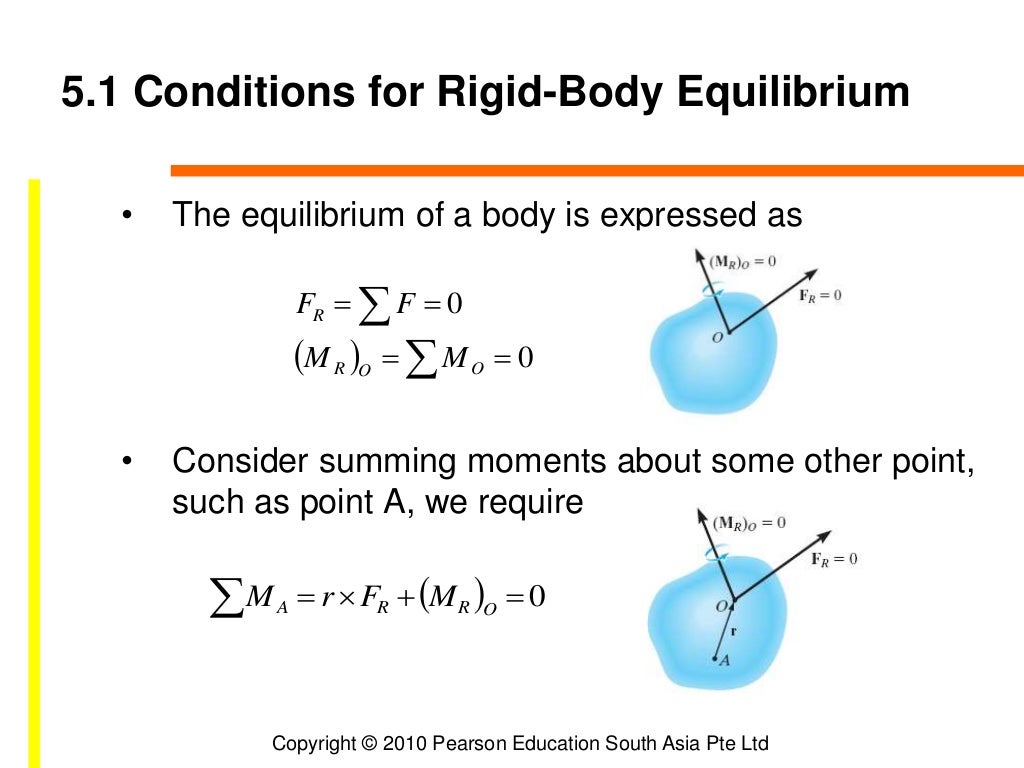

When writing the equations of motion for a rigid body, one must first choose how to represent the orientation of the body. This is of particular relevance to recent experimental studies of the diffusive motion of colloidal particles that are much denser than water and thus sediment close to the microscope slide (glass plate). Here, we consider a general case of a rigid body performing translational and rotational Brownian motion in a confined system, specifically, and we numerically study particles sedimented close to a single no-slip boundary.

However, in practice, rigid particles diffuse either in a suspension, in which case they interact hydrodynamically with other particles, or near a boundary such as a microscope slide or the walls of a slit channel, in which case they interact hydrodynamically with the boundaries. Many previous works have focused on the rotational diffusion of a single isolated rigid body in an unbounded domain. One of the important goals of our work is to develop an overdamped formulation and associated numerical algorithms that apply when the hydrodynamic mobility (equivalently, resistance) depends strongly on the configuration.

1 In this paper, we show how to include rotational degrees of freedom in the overdamped Langevin equations of motion for rigid bodies suspended in a viscous fluid, develop specialized temporal integrators for these equations, and apply them to a number of model problems. Novel methods are, however, required to model the behavior of particles with nontrivial shapes such as rigidly fused colloidal clusters 2,4 or colloidal boomerangs. 15 is suitable for minimally resolved computations in which only the translational degrees of freedom are kept and hydrodynamics is resolved at a far-field level assuming the particles are spherical. The fluctuating immersed boundary (FIB) method developed in Ref. In the previous work, 15 we used a computational fluid solver and immersed boundary techniques to simulate the diffusive motion of spherical particles including hydrodynamic interactions. Instead, the Brownian dynamics approach captures the effect of the solvent through a mobility operator, and thermal fluctuations are modeled using appropriate stochastic forcing terms. The number of degrees of freedom necessary to simulate this motion directly using Molecular Dynamics (MD) is large enough to make this approach prohibitively expensive. At the mesoscopic scales of interest, the erratic motion of individual molecules in the solvent drives the diffusive motion of the suspended particles. Examples include the dynamics of passive 1–6 or active 7–10 particles in suspension, the dynamics of biomolecules in solution, 11–13 the design of novel nano-colloidal materials, 14 and others. The Brownian motion of rigid bodies suspended in a viscous solvent is one of the oldest subjects in nonequilibrium statistical mechanics and is of crucial importance in a number of applications in chemical engineering and materials science. However, in general, such a special choice of tracking point does not exist, and numerical techniques for simulating long trajectories, such as the ones we introduce here, are necessary to study diffusion on long time scales. For several particle shapes, we find a choice of tracking point that makes the MSD essentially linear with time, allowing us to estimate the long-time diffusion coefficient efficiently using a Monte Carlo method. We examine the average short-time as well as the long-time quasi-two-dimensional diffusion coefficient of a rigid particle sedimented near a bottom wall due to gravity. We study several examples of rigid colloidal particles diffusing near a no-slip boundary and demonstrate the importance of the choice of tracking point on the measured translational mean square displacement (MSD). We introduce two schemes for temporal integration of the overdamped Langevin equations of motion, one based on the Fixman midpoint method and the other based on a random finite difference approach, both of which ensure that the correct stochastic drift term is captured in a computationally efficient way. We construct a system of overdamped Langevin equations in the quaternion representation that accounts for hydrodynamic effects, preserves the unit-norm constraint on the quaternion, and is time reversible with respect to the Gibbs-Boltzmann distribution at equilibrium. We parameterize the orientation of the bodies using normalized quaternions, which are numerically robust, space efficient, and easy to accumulate. We introduce numerical methods for simulating the diffusive motion of rigid bodies of arbitrary shape immersed in a viscous fluid.


 0 kommentar(er)
0 kommentar(er)
